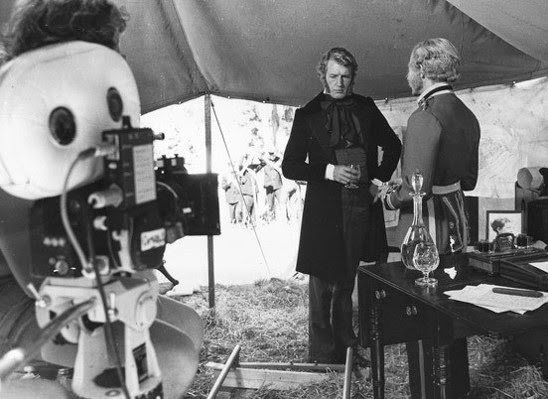Making History on Screen
In 1977 the most ambitious historical drama for television ever produced in New Zealand screened on TV One. The Governor was a six-part series based on the life of Sir George Grey, the two-time governor and later premier of New Zealand in the nineteenth century. Written by Keith Aberdein, based on a concept devised by Michael Noonan, and directed by Tony Isaac, The Governor set out to shatter myths about ‘Good Governor Grey’. The Grey played in this series by British actor Corin Redgrave was a duplicitous, scheming and untrustworthy figure, responsible for bringing untold misery on Māori with his unscrupulous actions.
New Zealand was a land of just two television channels in the 1970s but even allowing for this The Governor attracted huge audiences. It seems to be a popular myth that the series was never repeated. In fact, its popularity was such that it was shown again in 1978 (in the midst, as Trisha Dunleavy notes, of the Bastion Point occupation and a growing Pākehā awareness of historical Māori Māori injustices).1
But problems with securing consent to further repeat screenings meant it was never shown again and only very recently have all six episodes been made available in full to view on the NZ on Screen website (alongside a documentary about the making of The Governor that provides an illuminating snapshot of 1970s New Zealand).

Even before it screened The Governor attracted controversy. With a cast of over 500 actors and repeated production overruns, the total cost eventually blew out to nearly $1.4 million (around $13.5 million in 2025 currency), making it more than likely still the most expensive drama series in New Zealand television history). Prime Minister Robert Muldoon was highly critical of the overspend. Weeks before the programme was scheduled to air, he told a news conference that the spending seemed ‘grossly excessive’, suggesting Parliament’s public expenditure committee should investigate. A formal inquiry was rapidly launched, and a critical report released before the year was out. It has been suggested that his real concern was the race relations can of worms the series threatened to throw open. Additionally, Muldoon was continually at war with television bosses and may have seen this as another opportunity to go on the offensive.
I remember watching the series as a ten-year old and realising that here was something really quite special, even if I was too young to fully grasp the narrative. For another New Zealand historian, the series had a more profound impact. James Belich later recalled in his documentary series on the New Zealand Wars that, while still a student, he had worked a holiday job on the set of The Governor, digging the trenches of a reconstructed Ruapekapeka pā, and all the while thinking to himself ‘What the hell is going on here? This doesn’t look like a Māori pā, this is more like a chunk of the Western Front’. It was through this incident that Belich became curious about the wars fought in New Zealand, going on to publish a ground-breaking work on the New Zealand Wars in 1986.